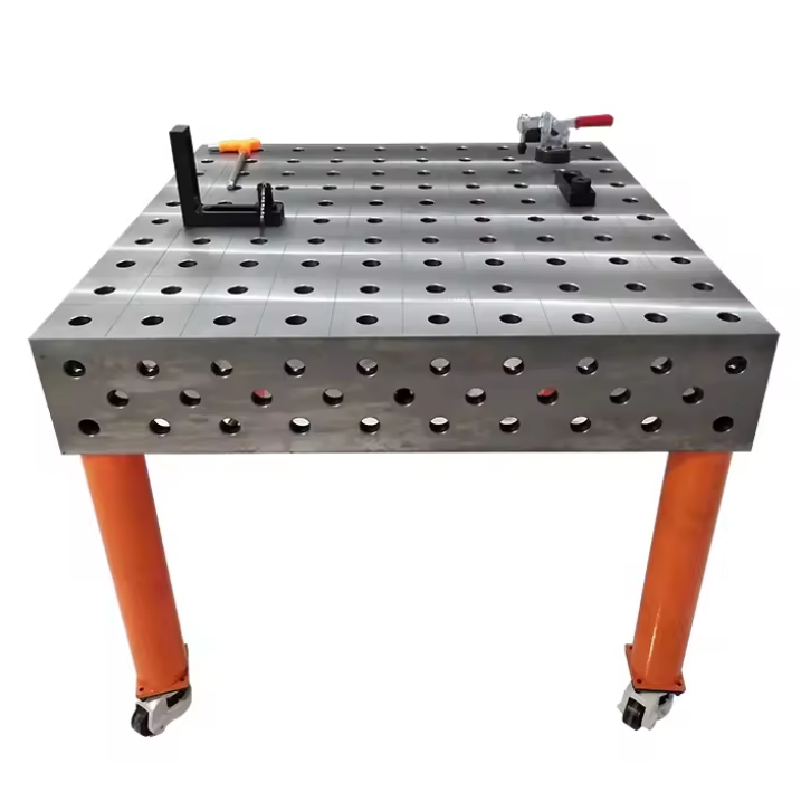دېكابىر . 04, 2024 16:02 Back to list
Types of Water Control Valves and Their Applications in Plumbing Systems
Water Control Valves Types and Their Applications
Water control valves are essential components in various systems where the regulation of water flow is needed. These valves are designed to manage the flow, pressure, and liquid levels in various applications, ranging from residential plumbing to industrial processes. Understanding the different types of water control valves can help in selecting the right one for a specific application. In this article, we will explore the primary types of water control valves, their working mechanisms, and their typical uses.
1. Gate Valves
Gate valves are traditionally used to start or stop the flow of water. They feature a wedge-shaped gate that moves up and down vertically to either block or allow fluid passage. Gate valves are best suited for applications where the flow needs to be fully opened or closed, as they do not effectively regulate flow when partly opened. Their ability to provide minimal pressure drop makes them ideal for pipelines and large-scale irrigation systems.
2. Globe Valves
Globe valves offer precise flow regulation, making them ideal for applications requiring careful control of fluid movement. The valve has a spherical body and utilizes a movable disc to control flow. By adjusting the position of the disc, operators can finely tune the amount of water passing through. Globe valves are commonly used in heating systems, cooling systems, and other operations where flow needs to be throttled.
3. Ball Valves
Ball valves are known for their quick operation and reliable sealing capabilities. They feature a hollow, perforated sphere (the ball) that rotates to control flow. When the ball is aligned with the valve body, water flows freely; when it’s perpendicular, the flow is completely shut off. Ball valves are often found in household plumbing, gas distribution systems, and various industrial applications due to their durability and ease of use.
water control valves types

Butterfly valves are characterized by a rotating disc that regulates flow. They are lightweight, compact, and typically used in large diameter pipelines. The disc can be turned a quarter turn to fully open or close the valve, allowing for quick operation. Butterfly valves are commonly used in water distribution, chemical processing, and HVAC systems. Their design makes them efficient for throttling service, although they are not as precise as globe valves.
5. Check Valves
Check valves, or non-return valves, are designed to prevent backflow in piping systems. They operate automatically, allowing water to flow in one direction while blocking reverse flow. This feature is crucial in applications where backflow can cause contamination or damage systems. Check valves are widely used in sewage systems, water treatment plants, and irrigation systems.
6. Pressure Relief Valves
Pressure relief valves are safety devices used in water systems to prevent excessive pressure buildup. They automatically release excess pressure when it exceeds a predetermined level, protecting pipes and equipment from damage. These valves are critical in steam boilers, heating systems, and pressurized water networks.
7. Solenoid Valves
Solenoid valves are electrically operated valves used for automatic control of fluid flow. When an electric current passes through a coil, it creates a magnetic field that moves the valve mechanism to either open or close the flow path. Solenoid valves are utilized in irrigation systems, water treatment processes, and industrial automation due to their precision and ease of integration with electronic controls.
Conclusion
In conclusion, water control valves are pivotal in managing and regulating water flow in various applications. Each type of valve has its own strengths and limitations, making it essential to select the right one based on the specific needs of the system. Whether you need a valve for starting and stopping flow, fine-tuning water pressure, preventing backflow, or ensuring safety against pressure buildup, there is a suitable valve type available. Understanding the characteristics and applications of different water control valves can lead to better system performance and longevity.
-
Flanged Gate Valve: A Reliable Choice for Industrial and Municipal SystemsNewsAug.20,2025
-
Soft Seal Gate Valve: A Modern Solution for Reliable Pipeline ControlNewsAug.20,2025
-
Gate Valve Types: Understanding the Options for Your Pipeline SystemsNewsAug.20,2025
-
Y Type Strainer: Essential for Clean and Efficient Flow SystemsNewsAug.20,2025
-
Cast Iron Y Strainer: Durable Solutions for Demanding ApplicationsNewsAug.20,2025
-
Flanged Y Strainer: An Essential Component in Industrial Filtration SystemsNewsAug.20,2025
Related PRODUCTS









